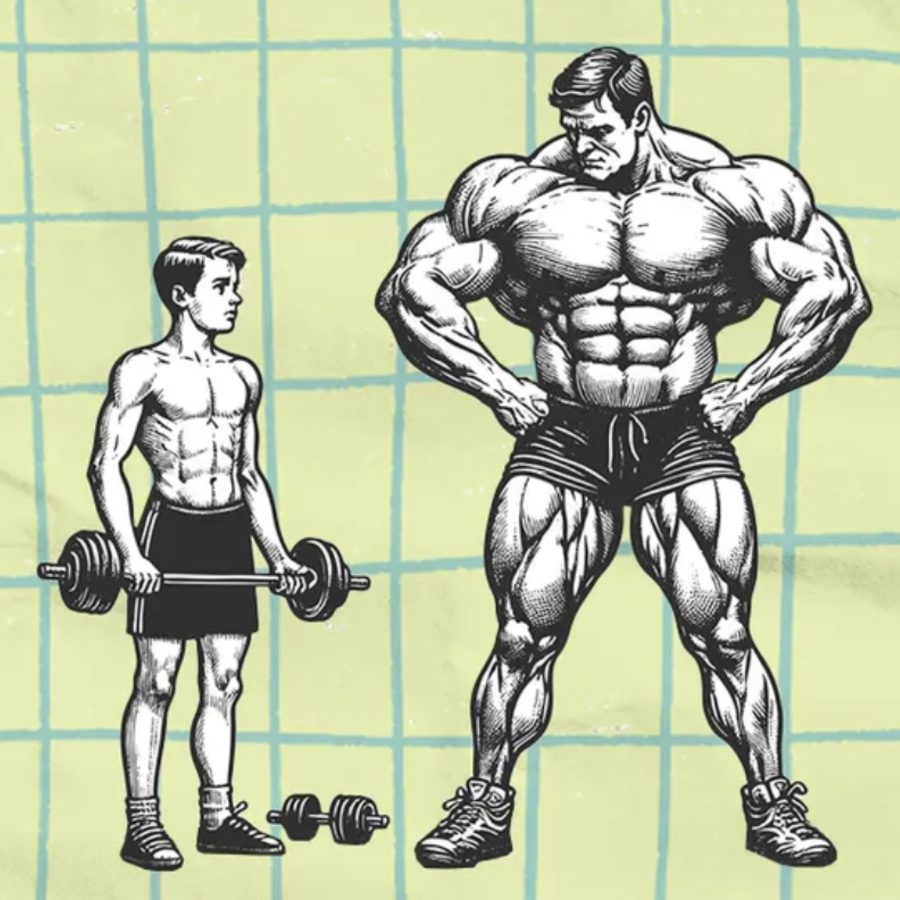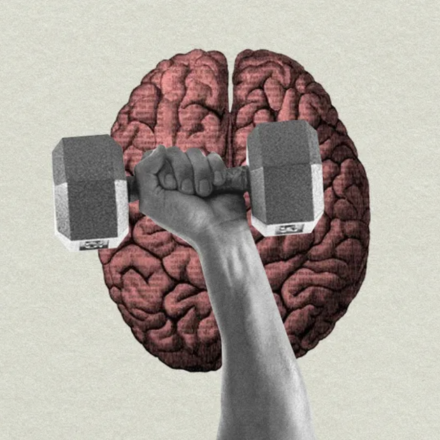You came to the gym with one goal — to change yourself. To become stronger, more defined, and more enduring. But there are so many tips out there that it’s easy to get lost: some say train every day, others say three times a week is enough. How do you find the sweet spot to make progress and stay injury-free? Here’s a simple explanation without unnecessary complications.
Your body is unique — don’t compare yourself to others
A beginner and an experienced athlete are worlds apart. Muscles, nervous system, recovery ability — everyone is different. For beginners, 2–3 workouts a week are enough to learn technique and avoid burnout. Experienced athletes need 4–6 sessions, with smart muscle group division.
So don’t follow others’ routines blindly — listen to your own body.
Clearly define your goal
Strength: requires high-intensity workouts with adequate rest between sessions. Ideally 3–4 times per week.
Hypertrophy (muscle gain): total weekly training volume is key. Can be split into 4–5 sessions focusing on different muscle groups.
Endurance and definition: benefit from higher frequency — 5–6 workouts with cardio and high-rep training.
Start small and don’t rush
It’s better to undertrain during the first weeks than risk injury or overtraining. Gradually increase weights, reps, and sets — only when your technique is perfect. And only after your body adapts, add more sessions. Patience is the key to success.
Keep a training diary
Write down everything: exercises, weights, reps, sets, how you feel, sleep quality, appetite, mood. Review your notes monthly: is your strength or muscle mass increasing? If progress stalls, check your lifestyle: are you sleeping enough? Eating properly? Managing stress? If all is good, cautiously increase your workload.
Take care of yourself outside the gym
Perfect training is important, but what you do in the other 23 hours matters just as much. Watch your posture: keep your shoulders back, engage your core, avoid pushing your head forward. Fight a sedentary lifestyle: stand up and move at least every 30 minutes. Do light movements and stretches throughout the day, walk often — this improves mobility and reduces spinal stress.


















